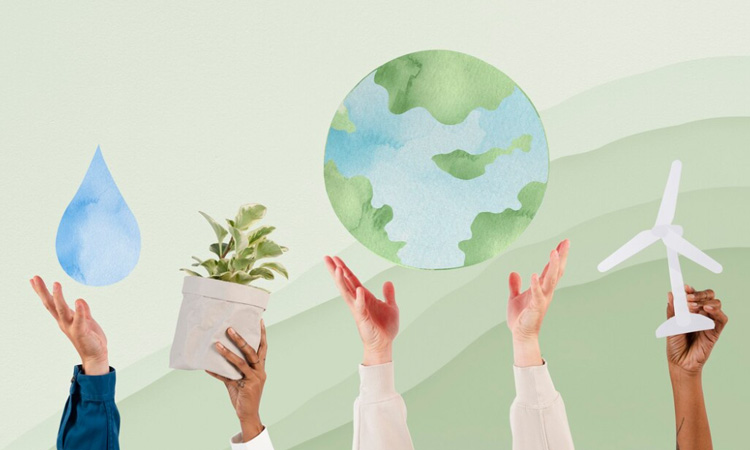People have made significant efforts to transition to renewable resources in order to reduce reliance on fossil fuels and mitigate the environmental impacts of energy production. Some of the key efforts and initiatives include:
Solar Power: Solar panels have become increasingly popular for residential and commercial use. Governments and organizations have provided incentives and subsidies to promote the installation of solar panels. Large-scale solar farms also contribute to the generation of clean energy.
Wind Power: Wind turbines harness wind energy to generate electricity. Wind farms have been established in various parts of the world, particularly in regions with strong and consistent wind patterns.
Hydroelectric Power: Hydroelectric dams and facilities use the kinetic energy of flowing water to generate electricity. Many countries have invested in hydropower projects, both large and small, to produce renewable energy.
Biomass Energy: Biomass energy is derived from organic materials such as wood, crop residues, and agricultural waste. Biomass can be burned to produce heat or converted into biofuels like ethanol and biodiesel for transportation and electricity generation.
Geothermal Energy: Geothermal power plants tap into the Earth’s heat to generate electricity and provide heating and cooling. Geothermal energy is particularly popular in regions with abundant geothermal resources.
Tidal and Wave Energy: Coastal areas with strong tidal or wave patterns can harness these forces to generate electricity. Experimental projects are ongoing to explore the potential of these resources.
Energy Storage: To address the intermittent nature of some renewable resources (e.g., solar and wind), there has been a focus on developing advanced energy storage technologies like batteries to store excess energy for use during periods of low renewable generation.
Policy and Regulations: Governments worldwide have implemented various policies and regulations to support the adoption of renewable energy. These include renewable portfolio standards, feed-in tariffs, tax incentives, and carbon pricing mechanisms.
Research and Development: Ongoing research and development efforts aim to improve the efficiency and affordability of renewable energy technologies. This includes advancements in solar cell technology, wind turbine design, and energy storage systems.
International Agreements: International agreements like the Paris Agreement have committed countries to reduce greenhouse gas emissions and increase the use of renewable energy sources, fostering a global push toward renewable energy adoption.
Investment and Funding: Private and public investments in renewable energy projects and startups have played a crucial role in expanding renewable energy capacity.
Education and Advocacy: Education and advocacy efforts have raised awareness about the importance of renewable energy and encouraged individuals and communities to embrace sustainable practices and support clean energy initiatives.
These efforts collectively aim to transition the world towards a more sustainable and renewable energy future, reducing carbon emissions and minimizing the environmental impact of energy production.
Next On Your Reading List:
- Kelp Burgers: The Future Of Sustainable Dining
- Toxic Evolution Of Fast Fashion: A Critical Examination Of The Fashion Industry’s Environmental Footprint
- Heat Pumps Efficiency: A Deep Dive Into Sustainable Heating Solutions


